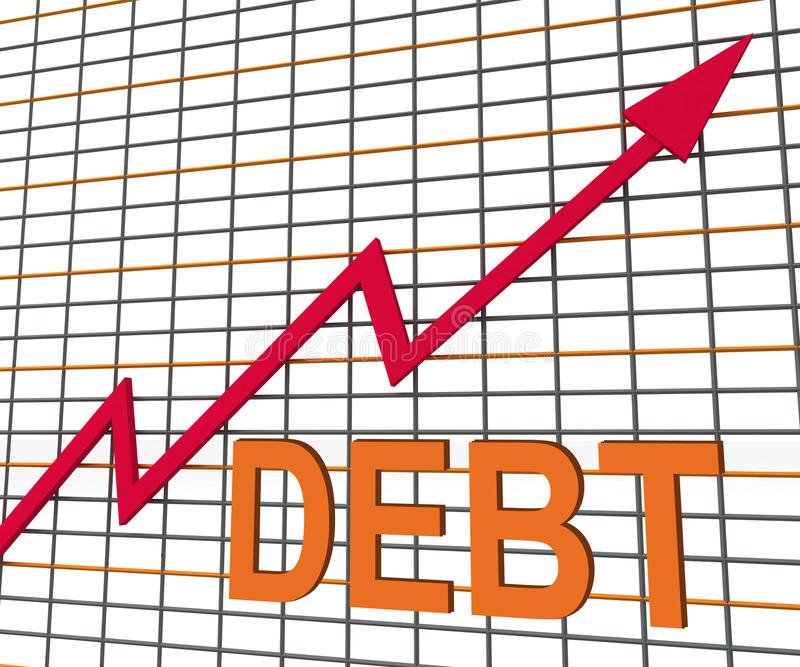Reason Of News:
PAKISTAN’s international debt and liabilities have risen steadily over the last few years. The Government is required to borrow heavily from external sources—including multilateral and bilateral creditors and private lenders—to fulfill its international current debt commitments, as well as to fund its spending, growth, and imports.
IMF Report & Detailed Analysis:
Its increasing need for dollars has pressured the nation to regularly knock on the IMF’s gates throughout the last 30 years, at the detriment of growth in the economy, to prevent future defaults on international debt commitments, and to shore up foreign exchange reserves. With cheaper and weaker bilateral and multilateral flows being scarce, the government’s dependency on costly foreign commercial debt is increasing. In November alone, it was required to borrow $1.1 billion from commercial lenders, taking the overall debt flows to $4.5 billion during the first five months of the fiscal financial year. According to the Ministry of Economy, the latest debt inflows to date reflect 37 percent of the annual international borrowing forecast of $12.4 billion for the entire fiscal year. There are many reasons why Pakistan has become a heavily indebted country. The exponential growth in foreign debt levels underlines that the country has been unable to draw sufficient non-debt-creating, long-term inflows, such as FDI, or to raise its exports, which remain stuck at $23 billion-$24 billion per year to satisfy its consumers with a higher needs. The incredibly low level of formal domestic savings as expressed in bank deposits indicates that the government will have to focus on foreign savings to fund its discretionary activities as well as funding for the balance of payments. For example, almost $87 billion, or $3.9 billion, of the overall loans taken over the last five months were for the balance of payments or budgetary assistance. Similarly, the inability to overhaul the tax code and raise revenue collection is a key reason behind the government’s strong domestic and foreign borrowing.

The fact that Pakistan’s external debt continues to accumulate and it has to borrow more dollars to repay its old loans suggests that the country has actually been caught in a debt trap. Since July 1, 2018, the government has accumulated $23.6bn in foreign debt. The external debt rose by $10.7bn in the last financial year and $8.4bn in 2018-19 with debt servicing becoming the largest budget expense.
Conclusion:
According to official statistics, the government paid back $2.45 billion in the first four months of the current fiscal year against redemption estimates of $10.4 billion throughout the year the debt relief provided by bilateral lenders to countries including Pakistan because of Covid-19. This indicates that the government will have to borrow more funds to repay its old debts while adding more debt. This is not viable for any economy, least of all delicate. The government should place its house to draw FDI, raise exports, increase tax collections, and promote domestic savings to get out of this pit.

